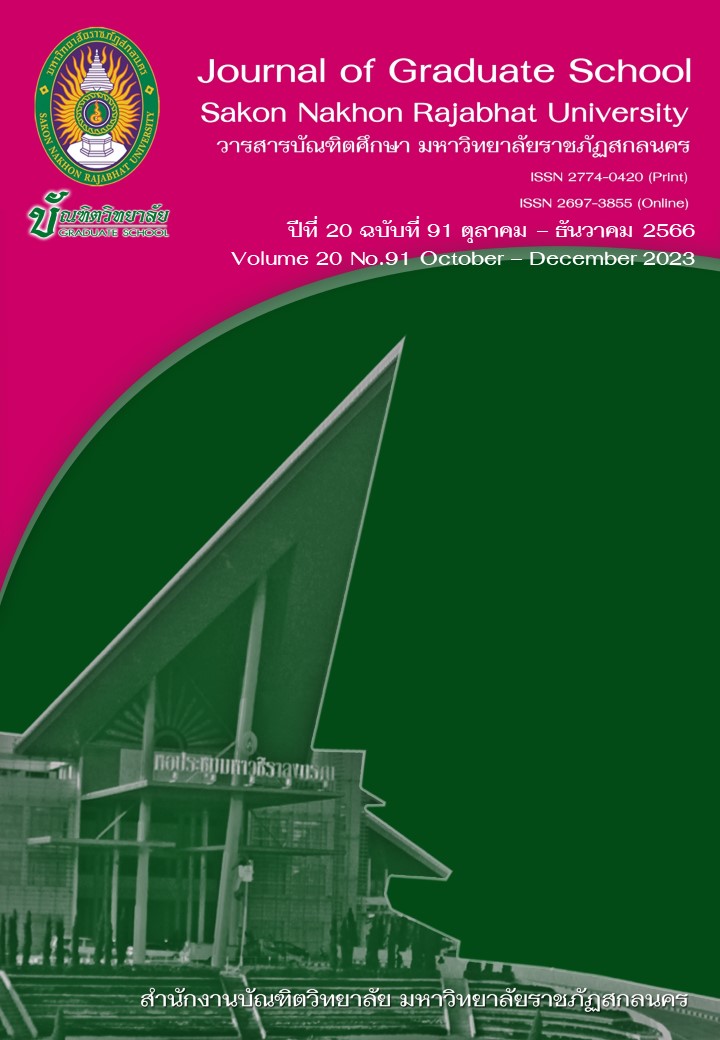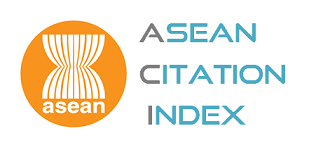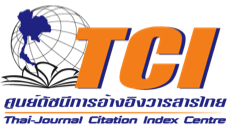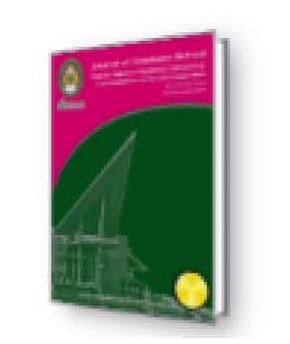SYNTHESIS OF THE FOURTH ROUND EXTERNAL QUALITY ASSESSMENT RESULTS DURING THE COVID-19 PANDEMIC: A CASE STUDY OF WELFARE EDUCATION SCHOOLS
Keywords:
The Fourth External Quality Assessment, Synthesis of Results of Basic Education Institutions, Welfare Education SchoolsAbstract
This research aimed to 1) synthesize the results of the fourth round of external quality assessment conducted in the basic education institutions with special education purposes (Welfare Education Schools) during the COVID-19 pandemic, and 2) synthesize a summary of recommendations from the fourth round of external quality assessment in the basic education institutions in the first and the second phase under the COVID-19 pandemic. The synthetic data included the external assessment reports of 31 basic education institutions with special education purposes, ranging from 2016 to 2020. The research tool utilized was the committee’s fourth-round external assessment report, comprising assessment scores and recommendations. Statistics employed for data analysis consisted of frequency, percentage, and content analysis.
The research results revealed that:
1. The synthesis of the fourth-round external quality assessment results of self-assessment report (SAR) in the certified educational institutions for Standard 1, Quality of Learners revealed that all large-sized schools and those located in the Northern, Central, and Northeastern regions, achieved a certification level indicating a good level of quality, reaching 100 percent. In comparison, schools in the Southern region obtained a 70 percent accreditation rate indicating a good level, whereas 30 percent of those in the same region attained accreditation at a fair level. In terms of Standard 2, Administrative Process and Management Principles, all large-sized schools and those located in the Northern, Central, and Northeastern regions had been certified at a good level, accounting for 100 percent. In comparison, 90 percent of schools from the Southern region had been accredited with this standard at a good level, whereas 10 percent of those in the same region attained accreditation at a fair level. In Standard 3, Learner-Centered Teaching Process, all large-sized schools and medium-sized schools in the Northern, Central, Northeastern, and Southern regions achieved accreditation at a good level, accounting for 100 percent.
2. The synthesis of a summary of recommendations from the fourth round of external quality assessment in the first and the second phases revealed that in terms of Standard 1, most schools failed to provide adequate and precise information regarding certain aspects of the SAR. Thus, schools should specify goals for learner quality in line with the school mission and vision through the SWOT analysis. In terms of Standard 2, Administrative Process and Management Principles, schools should have a clear and systematic administration, including an education quality improvement plan and an annual action plan. The development’s specific goals must be clearly defined. Furthermore, various activities should be organized continuously. In terms of Standard 3, Learner-Centered Approach, schools should organize wide-ranging learning activities, and facilitate teachers in integrating technology for conducting classroom action research through the PLC process with learners' and stakeholders’ participation. Moreover, teachers are expected to employ systematic and diverse measurements and evaluations and implement active learning management.
References
กระทรวงศึกษาธิการ. (2553). หลักสูตรแกนกลางการศึกษาขั้นพื้นฐาน พุทธศักราช 2551. กรุงเทพฯ: โรงพิมพ์ชุมนุมสหกรณ์การเกษตรแห่งประเทศไทยจำกัด.
สุบิน ยุระรัช และคณะ. (2564). การสังเคราะห์รายงานการประเมินคุณภาพภายนอกรอบสี่ของศูนย์พัฒนาเด็กสถานศึกษาขั้นพื้นฐานสถานศึกษาอาชีวศึกษาและสถานศึกษาอุดมศึกษา. วารสารสหศาสตร์ศรีปทุม ชลบุรี, 7(2), 80-97.
สุภามาส อังสุโชติ. (2561). การสังเคราะห์ผลการประเมินคุณภาพภายนอกรอบสาม (พ.ศ. 2554-2558) ของสถานศึกษาขั้นพื้นฐานทั่วไประดับประถมศึกษา-มัธยมศึกษา. วารสารอิเล็กทรอนิกส์การเรียนรู้ทางไกลเชิงนวัตกรรม, 8(2), 182-201.
สำนักงานรับรองมาตรฐานและประเมินคุณภาพการศึกษา องค์การมหาชน. (2550). มาตรฐานการศึกษา ตัวบ่งชี้ และเกณฑ์การพิจารณาเพื่อการประเมินคุณภาพภายนอก ระดับการศึกษาขั้นพื้นฐานสถานศึกษาที่มีวัตถุประสงค์พิเศษ: โรงเรียนศึกษาสงเคราะห์. กรุงเทพฯ: สำนักงานรับรองมาตรฐานและประเมินคุณภาพการศึกษา องค์การมหาชน.
สำนักงานรับรองมาตรฐานและประเมินคุณภาพการศึกษา องค์การมหาชน. (2554). แนวทางการประเมินคุณภาพตามมาตรฐานการศึกษาขั้นพื้นฐาน เพื่อการประกันคุณภาพภายในของสถานศึกษา. กรุงเทพฯ: โรงพิมพ์สำนักงานพระพุทธศาสนาแห่งชาติ.
สำนักงานรับรองมาตรฐานและประเมินคุณภาพการศึกษา องค์การมหาชน. (2564). แนวทางการประเมินคุณภาพภายนอกภายใต้สถานการ์ณโควิด-19. เข้าถึงได้จาก http://www.onesqa.or.th/upload/download/202103301453359.pdf. 5 กันยายน 2564.
สำนักบริหารงานการศึกษาพิเศษ. 2559. แผนพัฒนาการจัดการศึกษาสงเคราะห์ ระยะ 5 ปี (พ.ศ. 2560 - พ.ศ. 2564). นครปฐม: โรงพิมพ์สำนักงานพระพุทธศาสนาแห่งชาติ.
Downloads
Published
How to Cite
Issue
Section
License
Copyright (c) 2023 Journal of Graduate School Sakon Nakhon Rajabhat University

This work is licensed under a Creative Commons Attribution-NonCommercial-NoDerivatives 4.0 International License.
บทความทุกบทความที่ตีพิมพ์ในวารสารบัณฑิตศึกษา มหาวิทยาลัยราชภัฏสกลนคร ถือว่าเป็นลิขสิทธิ์ของบัณฑิตวิทยาลัย มหาวิทยาลัยราชภัฏสกลนคร










